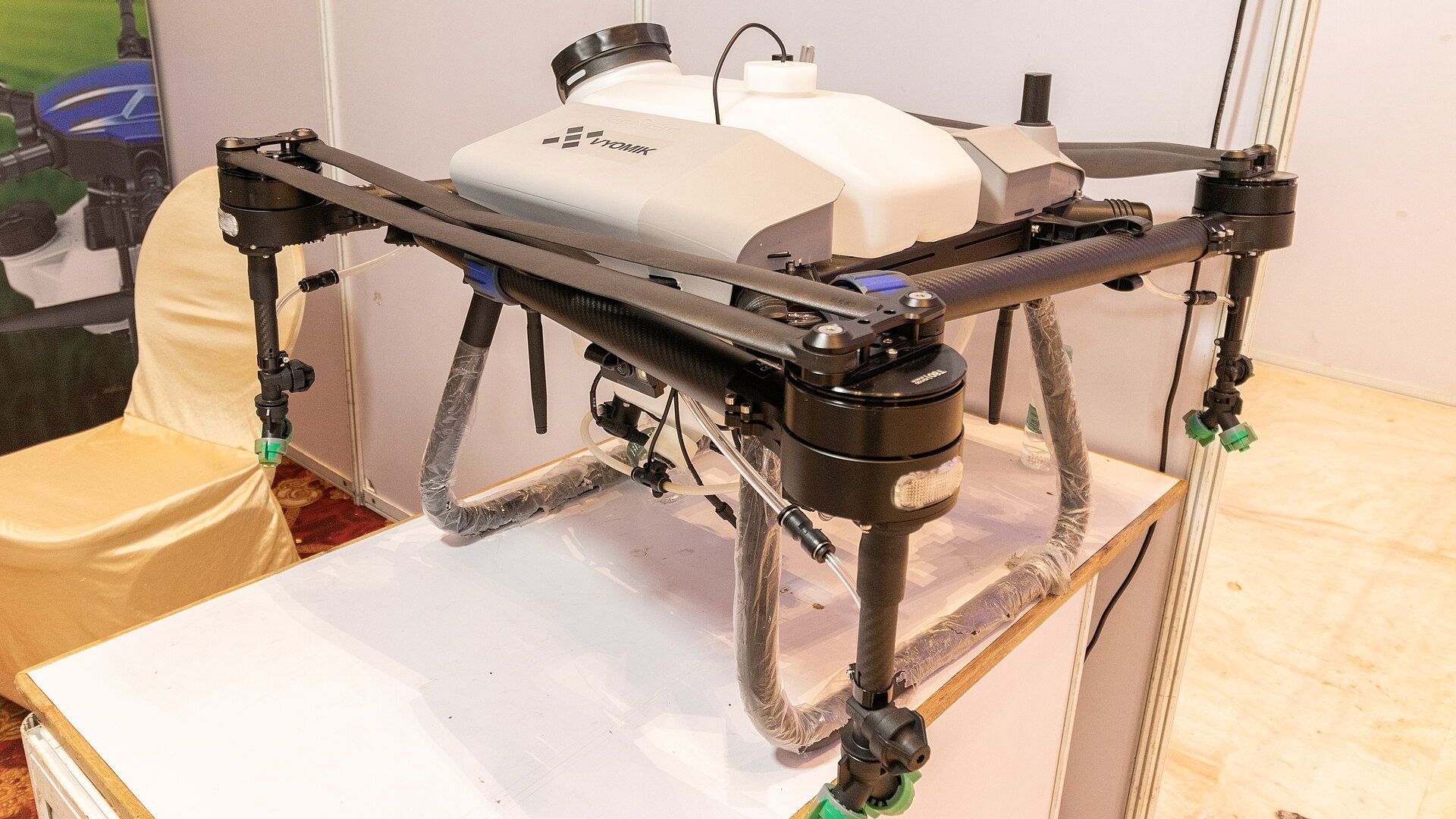
<em>This article was originally published at The Conversation. The publication contributed the article to Space.com’s Expert Voices: Op-Ed & Insights.
An increasing number of drones have been spotted around Denmark’s airports in recent weeks. The most recent incidents around Aalborg and Billund airport caused considerable disruption followed as scheduled flights were prevented from landing or taking off.
These incidents follow several others, including at Copenhagen Airport. This is similar to the disruption that was experienced around London Gatwick airport in 2023, again causing widespread disruption.
In addition to drones being spotted around civilian airports, there have also been sightings around military airbases where the Danish F-16 and F-35 combat aircraft are based.
A civilian drone flights have been banned for a week in advance of a European Union summit in Copenhagen on October 1.
Given the widespread disruption that has been caused, questions are now being raised about what can be done to either suppress or destroy drones and prevent future attacks. There is also a risk to civilian aircraft from mid-air collisions with the drones and the potential for civilian deaths and injuries.
The Danish government has claimed that these most recent drone flights have been conducted by someone trying to spread fear among the Danish population. There have also been claims that they are part of wider Russian hybrid operations, which aims to disrupt Danish defense.
Suspicions of increased Russian activity has been fostered by an increasing number of incursions by drones into several other nations’ airspace This is something that has been strenuously denied by the Kremlin.
Lasers, bullets and missiles
Ukrainian forces have used fishing nets to try to catch Russian drones deployed against their positions. Some drones have even been engineered to fire nets in a bid to snag other drones.
Another way of reducing or removing this relatively new threat is to directly shoot down the drones that are around the airspace of airports and airbases. This could potentially be done with combat aircraft, but also with high-powered lasers. But this is not as straightforward as it sounds.
One of the biggest challenges in taking this action is that it usually requires new legislation to be passed by national parliaments. Even with emergency legislation this can take time, meaning that it is not the immediate response to the threat that is clearly necessary. Similar legislation to that being considered by the Danish parliament was passed in the UK in 2018.
But once legislation has been passed the challenges do not end. Given the relatively small size of the drones causing the disruption, they can often be very difficult to target through traditional military means. Even if drones can be targeted, an additional risk is then posed – when a drone is shot out of the sky, there is little control over its trajectory as it falls to earth.
Once destroyed, it could easily land on airport infrastructure, on civilian property or in a worst-case scenario on people, causing injury or death.
Decisions whether to target drones causing this disruption must therefore be taken after a great deal of thought and consideration. But other methods are available and new technologies are being developed that may provide more effective solutions in the future.
Jamming technology
Instead of using so-called kinetic methods to physically destroy drones that are posing this problem, the use of jamming technology could be used to disrupt the communications link between the drone and the operator. As with kinetic attack, this response poses the challenge of what happens to the drone itself once the signal has been jammed and it falls out of the sky.
There are, however, several advantages to this approach. The first and most important advantage is that jamming can work for relatively long distances. This, disincentivizes further attacks as, in theory at least, any drone being flown cannot get within sufficient range to cause the level of disruption that has been seen in Denmark.
In addition to this, the lack of physical destruction from kinetic engagement means that, in theory at least, the drone can be recovered and information about its operation and whether it is a civilian or military asset can be discovered.
But using jamming technology to prevent drones from flying around civilian airports and military airbases has its own drawbacks. Jamming technology, as it is currently exists, cannot be targeted against individual aircraft. This means that any other aircraft within the vicinity of the airport or airbase where jamming technology is being used is also vulnerable to disruption. Due to this, closure of airspace would still be required to remove the threat of the drone, but this should be for a vastly reduced amount of time than is currently required.
There are, however, potential future technologies that might be incorporated into the defense of civilian airports and military airspaces. One such technology is currently being developed by the Royal Navy and has been named DragonFire. This uses the power of a long-range laser to physically destroy a drone in the sky from distances of up to three miles.
A further technology that is being developed by the British army, is jamming technology that can be directed on to targets with greater precision than is currently available outside of the British military.
These new technologies will take time to be widely used in civilian applications. So the sort of disruption we’ve been seeing lately will probably continue in the near future.
This article is republished from The Conversation under a Creative Commons license. Read the original article.
